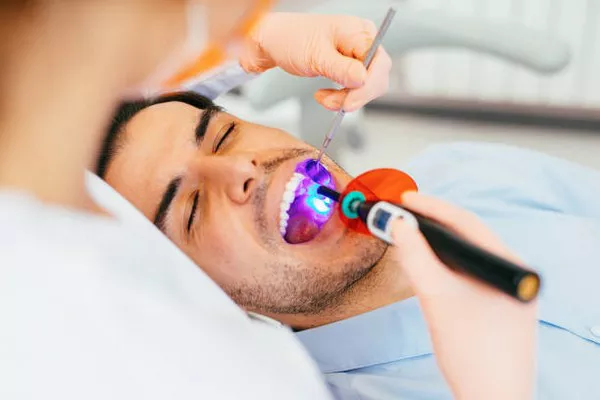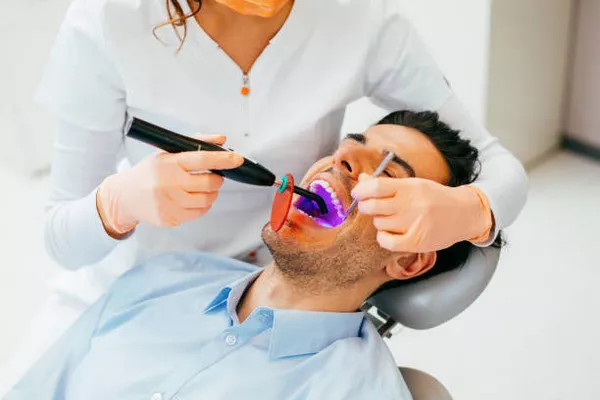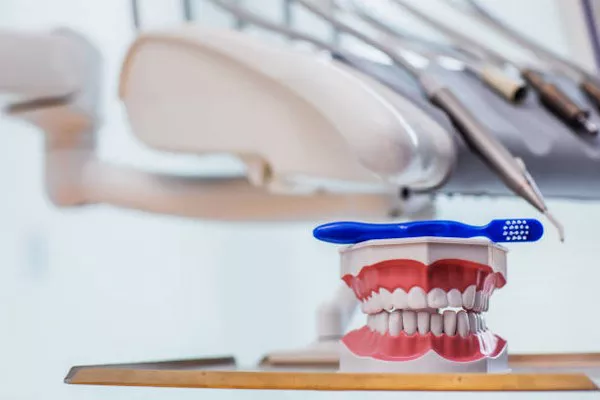White strips are a popular and effective way to whiten teeth at home. These thin, flexible strips are coated with a whitening gel that contains hydrogen peroxide or carbamide peroxide, which helps break down stains on the surface of the teeth. However, many people are unsure about how often they should use white strips to achieve the best possible results.
In this article, we will explore the factors that affect how often you should use white strips, including the strength of the whitening gel, the sensitivity of your teeth, and the type of staining on your teeth. We will also provide insights into what patients can do to ensure safe and effective use of white strips and achieve the best possible results.
Understanding How White Strips Work
White strips work by delivering a concentrated dose of hydrogen peroxide or carbamide peroxide to the surface of the teeth. The active ingredient in the whitening gel penetrates the enamel and breaks down the stains, leaving behind a brighter, more radiant smile.
White strips come in different strengths, ranging from 6% to 14% hydrogen peroxide or 10% to 22% carbamide peroxide. Stronger formulas tend to produce faster and more dramatic results but can also cause increased sensitivity or irritation.
Factors That Affect How Often You Should Use White Strips
The strength of the whitening gel is one of the primary factors that affects how often you should use white strips. Higher concentrations of peroxide can produce faster results but can also increase the risk of sensitivity or discomfort.
Another factor that affects how often you should use white strips is the sensitivity of your teeth. If you have sensitive teeth or gums, it may be necessary to use white strips less frequently or switch to a milder formula.
The type of staining on your teeth can also affect how often you should use white strips. Surface stains caused by coffee, tea, or smoking can usually be treated with regular use of white strips, while deeper stains caused by medication or trauma may require professional whitening treatments.
Safe and Effective Use of White Strips
To ensure safe and effective use of white strips, it’s essential to follow the instructions carefully and avoid overuse or misuse. Overuse of white strips can lead to increased sensitivity or irritation, so it’s important to stick to the recommended use guidelines.
Most manufacturers recommend using white strips once a day for 30 minutes to an hour for one to two weeks. After this initial treatment, it’s usually recommended to wait four to six months before using white strips again to avoid overuse or damage to the enamel.
Patients should also avoid using white strips too frequently or for longer than recommended, as this can increase the risk of sensitivity or damage to the teeth. It’s also important to avoid whitening products that contain chlorine dioxide or other harsh chemicals, as these can cause serious damage to the teeth and gums.
Tips for Achieving the Best Possible Results with White Strips
While white strips can be an effective way to whiten teeth at home, there are steps that patients can take to achieve the best possible results:
Choose the Right Formula:
Patients should choose a formula that matches the level of staining on their teeth and the sensitivity of their gums.
Follow Instructions Carefully:
Patients should follow the instructions carefully, including the recommended frequency and duration of use.
Protect Sensitive Areas:
To avoid irritation or discomfort, patients should protect sensitive areas of the mouth, such as the gums and lips, with petroleum jelly or a similar barrier.
Practice Good Oral Hygiene:
Maintaining good oral hygiene habits, including brushing twice daily, flossing, and rinsing with an antiseptic mouthwash, can help prolong the effects of whitening and prevent future staining.
Avoid Staining Foods and Drinks:
Patients should avoid foods and drinks that can stain the teeth, such as coffee, tea, wine, and berries, to maintain a brighter, more radiant smile.
In Conclusion
White strips can be an effective way to whiten teeth at home, but it’s important to use them safely and effectively to avoid sensitivity or damage to the enamel. Patients should choose the right formula, follow instructions carefully, protect sensitive areas, practice good oral hygiene, and avoid staining foods and drinks to achieve the best possible results. By following these tips, patients can enjoy a bright and beautiful smile that lasts.
Related Topics:






























